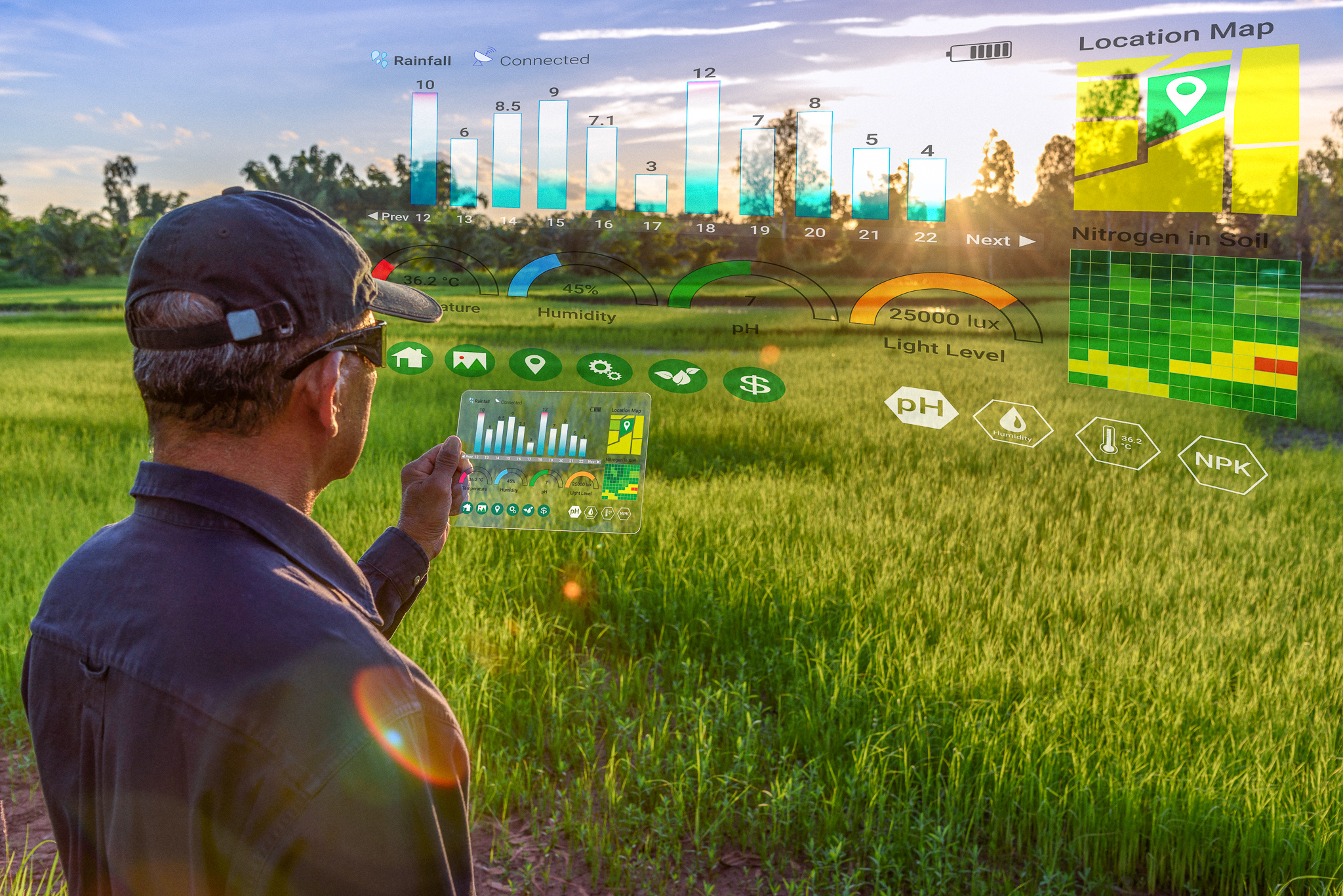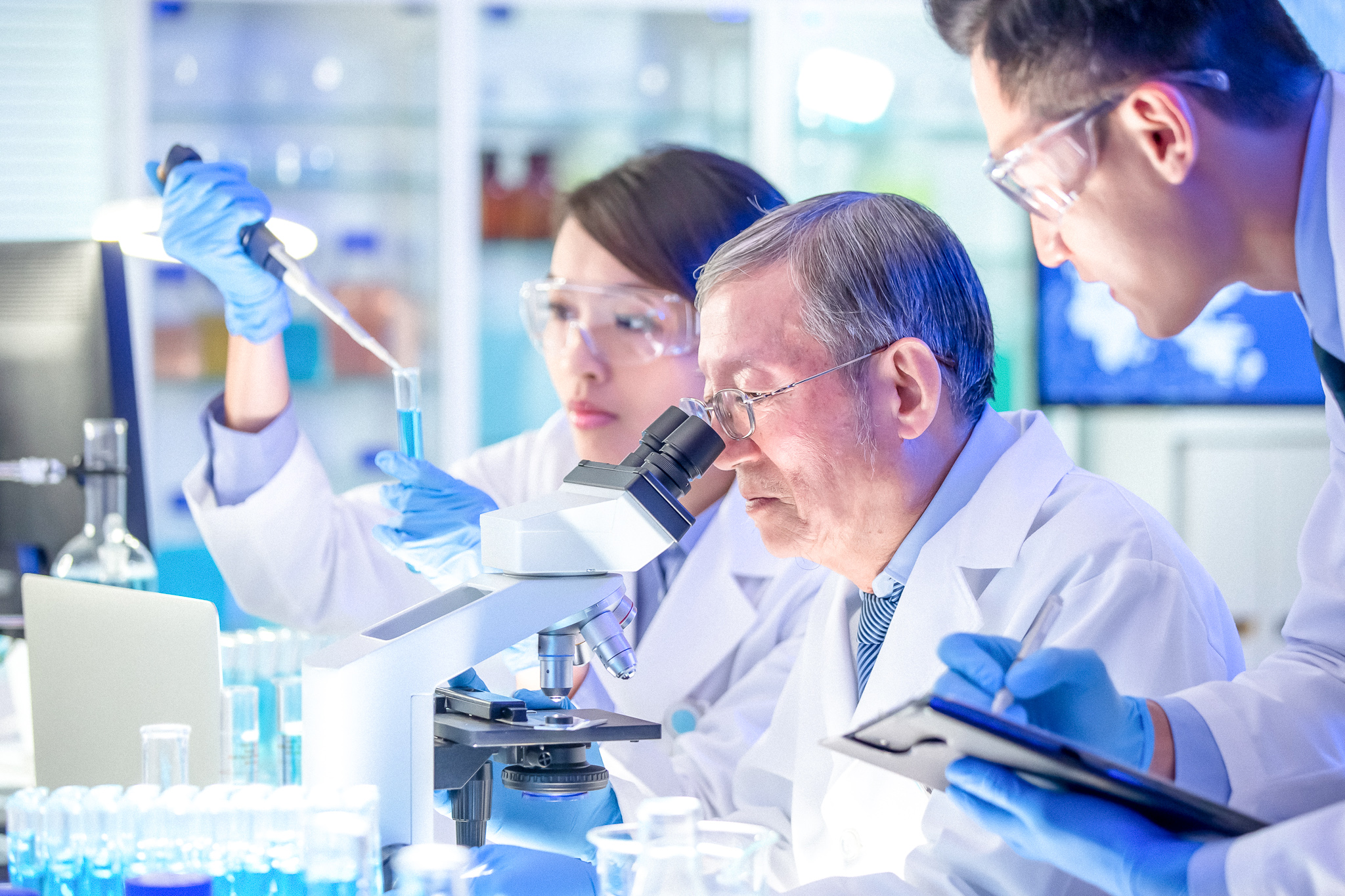Imagine a large farm, often covering hundreds of acres, with at least 40 important processes that need to be tracked, excellence, and monitored at the same time. Gain insights into how weather, seasonal sunlight, animal, bird, and insect movement patterns, the use of special fertilizers, post-crop pesticides, planting cycles, and irrigation cycles all affect machine learning. Is the perfect problem for machine learning. The financial success of crop rotation has never been so dependent on good data. For this reason, farmers, co-operatives and agricultural development companies are increasingly adopting a data-centric approach with AI.
- Using AI and machine learning-based monitoring systems, you can monitor real-time video feeds for each crop field to identify animal or human violations and send alerts instantly. AI and machine learning reduce the chances of livestock and wildlife accidentally destroying crops and being robbed or robbed in remote areas. Rapid advances in video analytics, backed by AI and machine learning algorithms, allow anyone involved in agriculture to protect the boundaries between their fields and buildings. AI and machine learning video surveillance systems can be scaled up to large farms as easily as a single farm. Machine learning-based monitoring systems can be programmed or trained over time to identify employees and vehicles.
- AI and machine learning improve yield predictions through real-time sensor and visual analysis data from drones. The amount of data captured by smart sensors and drones using real-time video streaming provides agricultural professionals with a whole new dataset that was previously inaccessible. Combining soil sensor data on water, fertilizer, and natural nutrient levels, it is now possible to analyze the growth patterns of any crop over time. Machine learning is the perfect technology for combining large datasets and providing constraint-based advice to optimize yields. Below are examples of how AI, machine learning, soil sensors, infrared images, and real-time video analysis can be combined to give farmers new insights on how to improve crop health and yields.
- Yield mapping is an agricultural technology that relies on supervised machine learning algorithms to find patterns in large datasets and understand their orthogonality in real time. All of these are very helpful in crop planning. It is possible to know the potential yield of a particular field before the growth cycle begins. Combining machine learning techniques to analyze 3D mapping, social condition data from sensors, and drone-based soil color data, farmers can now predict potential soil yields for specific crops. rice field. A series of flights will be carried out to obtain the most accurate data set possible.
- The United Nations, international organizations and large farms are developing drone data in combination with ground sensors to improve pest control. Using infrared camera data from drones combined with field sensors that can monitor the relative health of crops, AI-based agricultural teams can predict and identify pest epidemics before they occur.
- Today, there is a shortage of farm workers, and AI and machine learning-based smart tractors, agribots, and robotics have become viable options for many remote farms struggling to find a workforce. Unable to find enough employees, large-scale farmers are turning to robotics to grow hundreds of acres of crops, while providing some security around remote areas. increase. By programming a self-propelled robotic machine to apply fertilizer to each crop, you can reduce operating costs and further improve crop yields. Agricultural robots are rapidly becoming more sophisticated, one example of which is the dashboard of the VineScout robot.
- Improving the traceability of agricultural supply chains by removing barriers to bringing fresher and safer crops to market is now essential. This pandemic will accelerate the adoption of traceability throughout the agricultural supply chain in 2020 and will continue to promote it this year. State-of-the-art tracking tracking systems can distinguish between batch, lot, and container-level allocations of materials on arrival. RFID and IoT sensors are increasingly used in the manufacturing industry. Walmart conducted a pilot project to see how RFID can streamline distribution center tracking and tracking performance, making it 16 times more efficient than the manual method.
- Optimize the right mix of biodegradable pesticides and limiting their application to only the field areas that need treatment to reduce costs while increasing yields is one of the most common uses of AI and machine learning in agriculture today.
- Considering the total demand for a given crop to determine if the price elasticity curve for a given crop is inelastic, unitary, or highly elastic defines what the pricing strategy will be.
- Finding irrigation leaks, optimizing irrigation systems and measuring how effective frequent crop irrigation improves yield rates are all areas AI contributes to improving farming efficiencies. Linear programming is often used to calculate the optimal amount of water a given field or crop will need to reach an acceptable yield level.
Monitoring farm animals`s fitness, along with critical signs, day by day hobby stages and meals intake, guarantees their fitness is one of the fastest-developing elements of AI and system mastering in agriculture. Understanding how each form of farm animals reacts to boarding situations is worthwhile expertise in how they may be handled for the long-term. For many farms who rely on cows and livestock, this area opens up entirely new insights into how farms can be more profitable.











